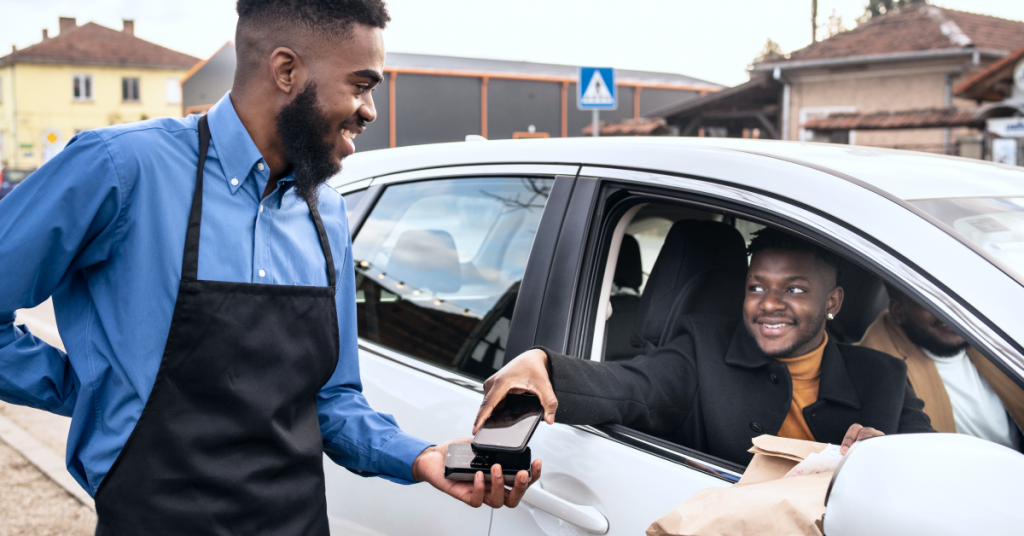
With coronavirus case numbers declining in the U.S., the retail industry has reached the beginning of the end to one of its most hectic periods in recent memory. But even as public health restrictions across the country continue to ease, retailers should not be so quick to abandon all of the strategies they adopted in response to the pandemic.
A recent report from Cotiviti found the majority of retailers believe many consumer behaviors embraced during the pandemic will become permanent — and for a good reason. Even as more stores have reopened with new safety measures in place, 60% of consumers are visiting brick-and-mortar stores less while 43% say they will shop online more often for products they previously bought in stores, according to EY’s Future Consumer Index.
Many consumer habits caused or exacerbated by COVID-19 will continue well into the future. Keeping this in mind, retailers must carefully assess which pandemic-era tactics they should implement as part of their long-term strategies.
3 Pandemic-Era Retail Tactics to Continue
From in-store conveniences to enhancements to the customer experience, these are the pandemic-era tactics you should strongly consider retaining or implementing as your business navigates the weeks and months ahead.
1. Contactless payment methods are a safer, more convenient way to pay.
After 2020’s lockdowns lifted, retailers had to convince hesitant customers they could safely shop in their stores. In addition to in-store mask policies, many retailers implemented new and enhanced cleaning protocols and reduced the number of physical interactions shoppers had with employees, including at the checkout line.
Proximity mobile payment platforms like Apple Pay and Google Pay eliminate physical contact, but they also streamline the point of sale for customers by requiring them to simply hold their phones over a compatible terminal rather than fumbling with their wallets.
The number of proximity mobile payment users in the U.S. increased by 29% in 2020 and will continue to grow in the years ahead, a recent study by eMarketer found. By 2025, the number of consumers using mobile payment platforms like Apple Pay and Google Pay is projected to reach 125 million — half of all smartphone users.
2. Customers will still opt for buy online, pick up in store (BOPIS) fulfillment.
Last year, as many consumers feared entering stores would increase their risk of exposure to COVID-19, retail traffic across the country plummeted. To put their customers’ minds at ease, retailers implemented BOPIS fulfillment methods like curbside pickup to bring shoppers back to their stores without requiring them to enter a physical building. By the height of the pandemic in 2020, BOPIS fulfillment orders skyrocketed by over 500%, according to research by Kibo Commerce.
Retailers initially implemented BOPIS fulfillment as a cost-effective method of providing a safer shopping experience. A year later, customers have embraced BOPIS as a full-fledged shopping experience that combines the convenience of ecommerce and the immediacy of in-store purchases.
A survey of over 1,000 online shoppers conducted by Bizrate Insights found over 50% of consumers favor BOPIS for its convenience — more than double the amount who said they preferred the fulfillment method for health and safety reasons. Earlier in the year, Bizrate Insights predicted BOPIS would continue to grow throughout 2021.
3. Omnichannel shopping will be integral to the customer experience
Omnichannel shopping has become the standard for consumers following a year of rapid growth for ecommerce and the adoption of hybrid experiences like BOPIS. The retail industry was headed this way well before the pandemic, but the events of 2020 helped blur the lines between a company’s sales channels even further.
A 2017 survey of 46,000 shoppers conducted by the Harvard Business Review found 3 in 4 respondents used multiple channels throughout their customer journeys. Of course, many businesses already offer multiple shopping channels, but consumers now expect retailers to provide a frictionless customer experience across each touchpoint.
In 2021, an omnichannel experience can range from tailored customer service interactions to offering consistent product discovery across your business’ website, social media channels, and physical store. Ultimately, any omnichannel experience should break down barriers between channels and make the customer journey easier.
Improving Your Customer Experience in 2021
Last year, issues with disrupted supply chains, operations, and fulfillment led to a significant surge in customer service inquiries. As you plot your company’s post-pandemic strategy and implement changes to your operations, focus on the following elements to ensure you’re offering the best possible customer experience.
- Collect and implement customer feedback. Regularly engage your customers to get their input on how things are going and what they think should be improved. Once you gather and assess feedback, you’ll be able to make informed, data-driven decisions to improve your customer experience.
- Provide stellar customer service. Consumers expect to interact with knowledgeable customer service representatives who will patiently address their concerns. Whether the support inquiry takes place in a store, over the phone, or via online chat, ensure all employees are adequately trained and prepared to answer any product-related questions and resolve any issues.
- Reward customers for shopping with you. With consumers now favoring convenient experiences and choosing to shop locally, keep your business top of mind by offering customers something extra just for shopping with you. This could range from launching a loyalty program, offering shopping rewards, or partnering with like-minded brands to increase your appeal.